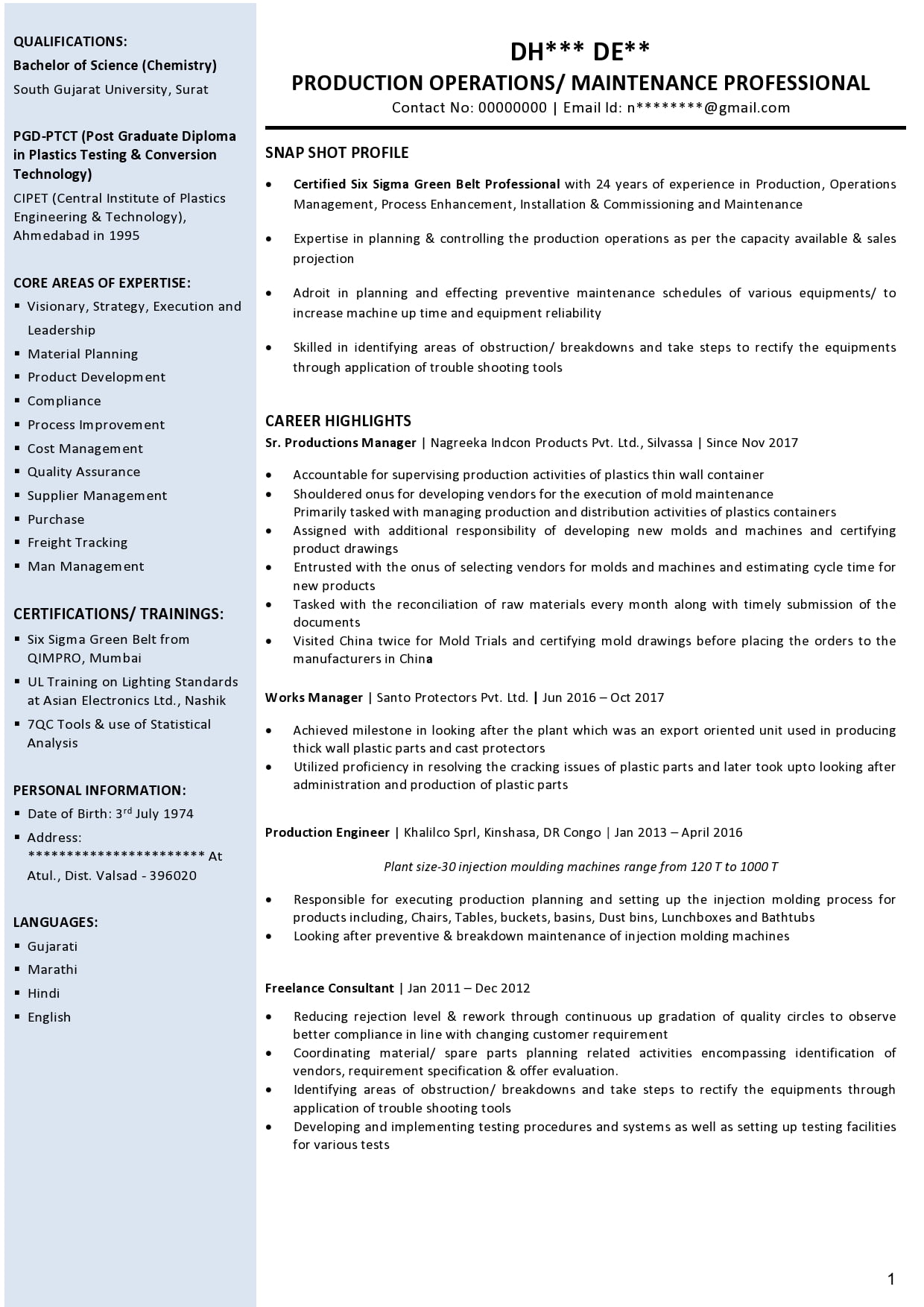While you sit working on your resume, you must know that finding that perfect job is a race against time. The job you just applied for has at least a hundred more takers. In this article, you’ll find a complete guide on how to write a resume for a job and much more important tips on writing a resume for a successful job search!
They have already sent their resume. The HR has already prepared a list of potential applicants she would be inviting for the interview. And you are not on the list.
What would you do?
How would you beat them for that job?
Either you are quick next time or you have a better resume than others.

Are you a
- Fresher with no experience to mention on your resume
- Student looking for an internship writing your first resume
- Professional with an Employment Gap on his resume
- Entry-level candidate writing his first resume
- Professional looking for a career change
- A seasoned professional trying to summarize his entire experience in a resume
- Housewife writing a professional resume for a comeback
- Professional writing a resume for a specific need
This step-by-step guide will tell you how to write a perfect resume for a job in the next few minutes.
Talk to our resume writer if you want to save time and effort. You’ll get a perfectly crafted resume in less than 24 hours.
This is how to write a resume for a job!
- Unleashing the Power words for resume: Words That Get You Hired!
- Fresher Resume Writers in Mumbai: Orbit Careers’ Expertise in Crafting Impeccable Fresher Resumes
- IT Resume Writing in Mumbai: Orbit Careers’ Expertise in Crafting Impeccable IT Resumes
- Affordable Resume Writers in Mumbai: Orbit Careers’ Budget-Friendly CV Services
- Top Mumbai Resume Writing Service Providers: Orbit Careers Leads the Way
What is a Resume?
A resume is a summary of an individual’s personal, professional experiences, skills, and education presented in a prescribed format to be used for job applications.
A Curriculum is a more detailed version of a resume. Most applicants also use a cover letter along with the resume for the job applications.
As each position and the company is different in terms of business model or culture, A Resume must be drafted or modified in line with the job opportunity and the company.
Step by step guide on how to write a professional resume for a job:
1. Choose the Right Resume Format
You need a perfect resume format before you start writing your resume. Some recruiters prefer a plain text resume and others expect a visual resume that shows creativity.
There are three types of resume formats.
- Reverse Chronological resume format
- Combination Resume Format
- Functional Resume Format
Most of the job applicants go with the reverse-chronological resume format
2. Add Your Contact Details and Personal Information
Remember, your resume is a professional document. Not all your personal details should be on your resume.
Your Resume Contact Information Section Must Include
- Your Name: First name, last name (middle name optional).
- Phone Number: Personal cell phone
- Email Address: A Professional Email ID
- LinkedIn Profile Link
- Address
- Title of your resume
- Blog (If Any)
- Social Media Links (Only if they show off your professional skills)
Personal Information to avoid
- Date of Birth
- Second Email ID or Phone Number
- Photo
- Marital status
- Caste
- Religion
- Passport/Aadhaar Card Details/Pan Card Details
3. Heading Statement (Resume Summary or Resume Objective)
Your objective or summary statement is the second thing recruiters look at, your name is obviously is the first.
Well, your recruiter is not expecting a tinder or Instagram like bio in your summary statement. But we definitely need an ice breaker here. A catchy line followed by a crisp career history that talks about your skills, experience, and expertise.
Remember, it takes less than 7 seconds for a recruiter to decide your resume’s fate.
That’s why I say a resume objective/summary statement is super important to get right. You have got to make it crisp, to-the-point, attractive, and inclusive.
Remember to customize your resume summary statement in line with the requirement. That’ll give you an edge over the other candidates. A good resume summary statement includes position-related skills, experience, and qualifications.
4. List Your Relevant Work Experience & Key Achievements
If you know what a three-course meal is, we are talking about the main course here. You need to be very careful and must have a proper work experience format.
This is how you format your experience section.
- Job title
- Company, city, state
- Duration (Dates employed)
- Key responsibilities
- Key achievements
- Right keywords
If adding more than one company experience to your resume or cv experience section, start with the most recent company and position and go back in reverse-chronological order from there.
Use bullet points to write about your responsibilities and achievements.
If you little or no experience to show, put your education section above your work experience. The work experience section of your resume is the most important section of your resume. Make sure you get it right.
Optimize for keywords
As the hiring process continues to modernize, recruiters and large companies are turning towards Applicant Tracking Systems for help. ATS (Applicant Tracking System) automats the resume parsing process based on certain keywords, formats, and other prescribed parameters.
So, making your resume ATS compliant is a must. Proper use of relevant keywords and format is very important.
5. List Your Education
The education section on your resume is equally important If you are a fresher with no experience to mention.
Here’s how to mention education on your resume.
- Mention your highest degree first
- Mention any other degrees after in reverse-chronological order.
- Do not forget to mention any relevant coursework, honors, or awards you received.
- You should avoid mentioning your percentage/GPA/Class if it’s not perfect and unless not requested for the position.
6. Put Relevant Skills that Fit the Job Requirement
The skill section is equally as important as the education section of your resume. You must get it right.
You must prepare a list of skills before you put them on your resume. Also, you must avoid mentioning irrelevant skills on your resume.
Hard skills are job-related know-how and abilities. Soft skills are life self-learned skills like social, public speaking, comm skills, etc. combined they make a list of skills and abilities that you’ll be putting on your resume.
list of some common skills to put on your resume:
- Communication skills: social skills, non-verbal communication, listening skills, and interpersonal skills.
- Technical skills: Technical know-how like computer skills
- Job-specific skills: Specific key skills that the company requires
- Leadership and management skills
- Critical thinking skills
- Organizational skills
- Transferable skills
7. Other Important Resume Sections
Other information section on your resume talks a lot about your personality and is often neglected or taken lightly.
This section should include the following points
- Hobbies and Interest
- Volunteer experience
- Certifications & awards
- Languages
- Publications and projects
8. Proofread your resume
We’re almost there, time to doublecheck for spellings and grammar.
Double-check your resume draft before sending it out as a job application. Scan your resume and cover letter (and email!) with an online grammar check tool.
Better safe than sorry!
Creating that perfect resume is not an easy job. If it’s your first job search, you may not have enough work experience to list. Students or fresh graduates looking to make their first resume should include all past employment, internships, volunteer work, and education dating back to high school.
You may also mention your school, college projects or extracurricular activities to showcase the skills and achievements. You may also consider including skills drawn from personal interests as well on your resume.










